Saudi Arabia’s renewable-focused future to boost local manufacturing
Saudi Arabia’s ambitious plans for a renewable-focused future will unearth a flurry of private sector investment and local manufacturing job creation opportunities, according to a leading regional power sector investor.
Turki Al Shehri; CEO of ENGIE Saudi Arabia, the industrial investor in the integrated water power plant (IWPP) sector, says the Kingdom’s renewables drive will significantly boost its economic diversification programme and see public and private sector investment rise to more than US $30 billion by 2025.
Ahead of his participation in the agenda-setting Middle East Energy Renewables Conference, running on March 3 and 4 at the Dubai World Trade Centre (DWTC), Al Shehri says Saudi Arabia’s energy sector transformation will have multi-faceted benefits.
“The diversification of the energy mix goes beyond multiple clean energy sources but also provides the opportunity to create jobs through manufacturing,” explained Al Shehri. “In parallel to the renewable tenders being issued, efforts are underway to localize renewable manufacturing in the Kingdom.”
Al Shehri’s forecast comes as Saudi Arabia pursues an energy mix strategy that comprises 30% renewables and 70% gas by 2030. “The objective will be to retire liquid burning plants and switch newer plants to burn gas instead of liquids,” said Al Shehri. “Renewables will comprise 16 GW wind, 40GW solar, and 2.7 GW concentrated solar power.”
He added: “As other renewable technologies become commercialised and costs are reduced, the Kingdom will also consider such technologies.”
Al Shehri will use his participation at the free-to-attend Renewables Conference to outline how future-focused energy companies can maximise Saudi Arabia’s green investment potential. The conference is part of a powerful knowledge-sharing programme running alongside Middle East Energy – the global energy event formerly known as Middle East Electricity.
And the ENGIE CEO is bullish about opportunities for the private sector emerging from Saudi Arabia’s multi-billion-dollar renewables drive, adding: “The trend today is mainly related to utility scale renewables that are being applied in both the public and private sector. In addition, several local companies are rising to become developers, EPC contractors, OEMs and equipment suppliers. As the cost of renewables continues to reduce, we can expect to see more involvement from the private sector, as well as an increase in renewable targets beyond the announced targets.
“In addition, the drive for PPP programs in the public has also created similar PPP opportunities in the private sector. Corporate power purchase agreements are slowly becoming the norm for many private companies seeking renewable solutions. In the next four to five years we foresee 30 to 40 billion USD invested in renewable energy between the public and private sector.”
“Given the intense focus renewables are now generating across the Middle East & North Africa it is essential this segment has a dedicated product sector within the show profile,” explained Claudia Konieczna, Exhibition Director, Middle East Energy. “Energy deployment is set to see significant acceleration in the coming years as the MENA region prepares for the influx of $35 billion in renewable energy investments per year. Driven by well-designed auctions, favourable financing conditions and declining technology costs, renewables are being brought into the mainstream.”
Supported by InterSolar, Middle East Energy’s Renewables Conference will provide insights into the global transformative dynamics of renewable energies and emphasize how technology can produce synergies and create an integrated energy system.
The Renewables Conference is part of an expanded Middle East Energy knowledge programme which, for the first time, includes a high-level plenary sessions summit providing specific market information. A third conference, devoted to Digitalisation comprises over 30 conference sessions, more than 150 speakers and represents 25 hours of learning opportunities.

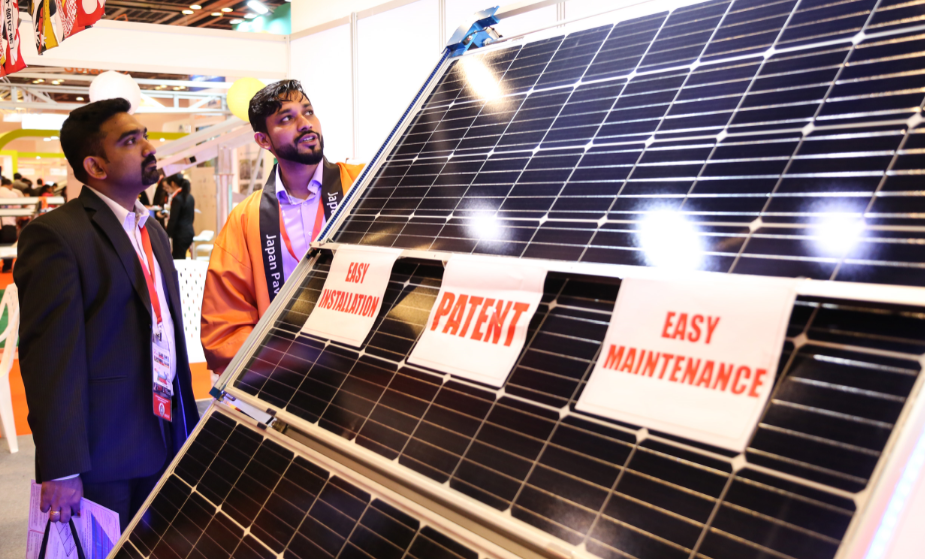


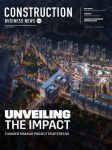




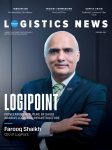






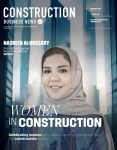


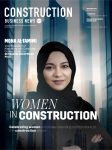


 Kuwaiti developer URC signs with Ahmadiah Contracting for the Commercial District development at Hessah AlMubarak
Kuwaiti developer URC signs with Ahmadiah Contracting for the Commercial District development at Hessah AlMubarak